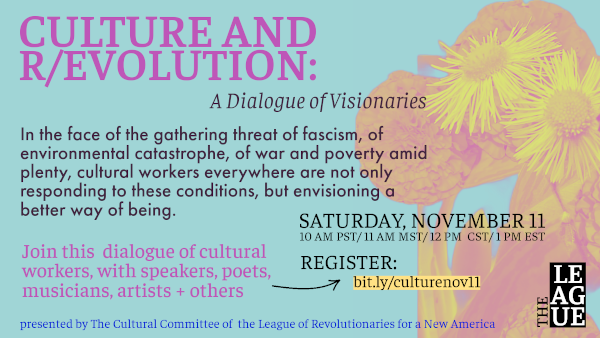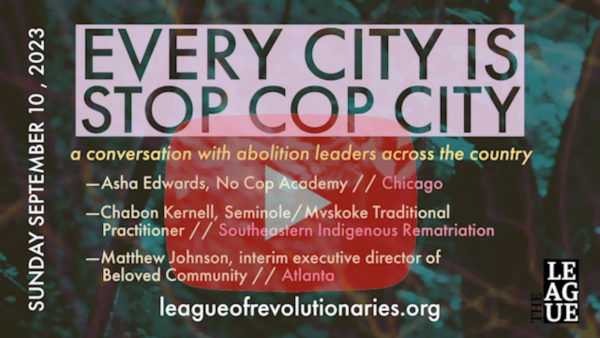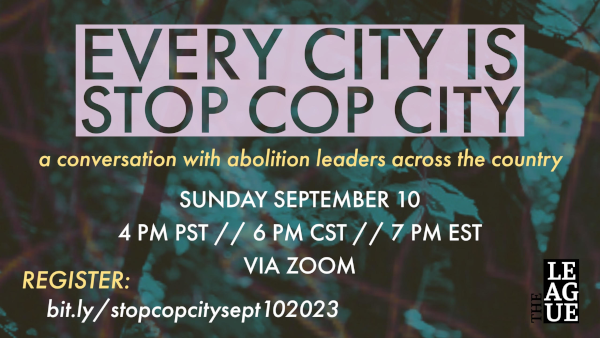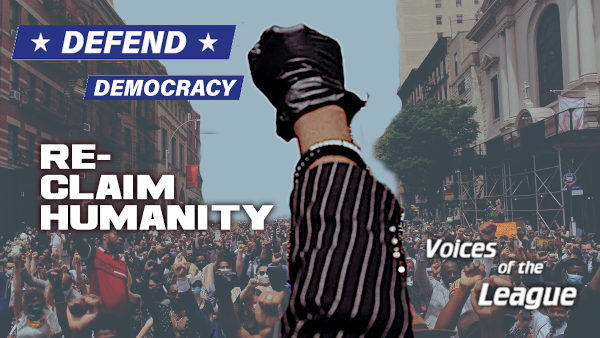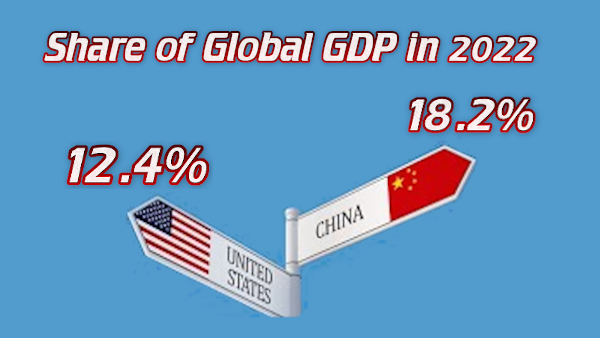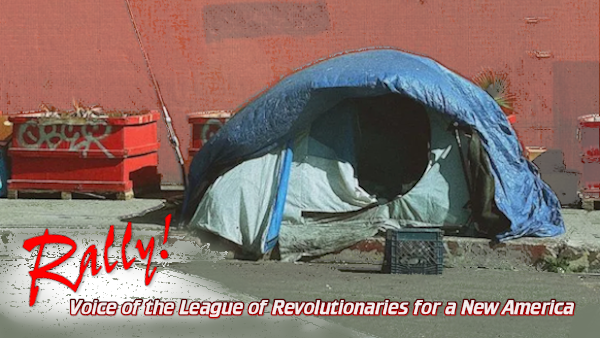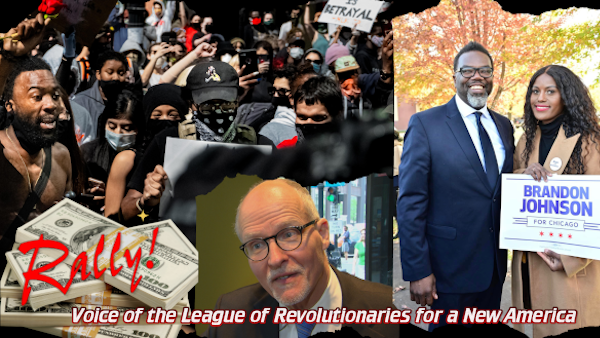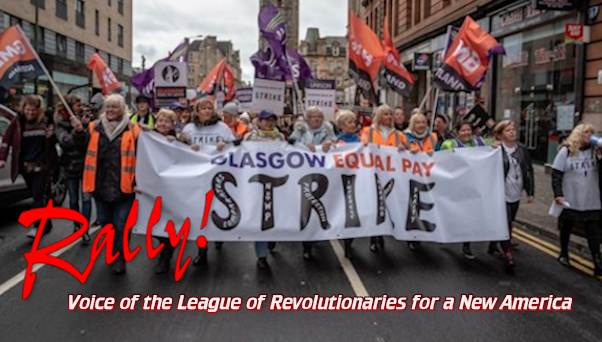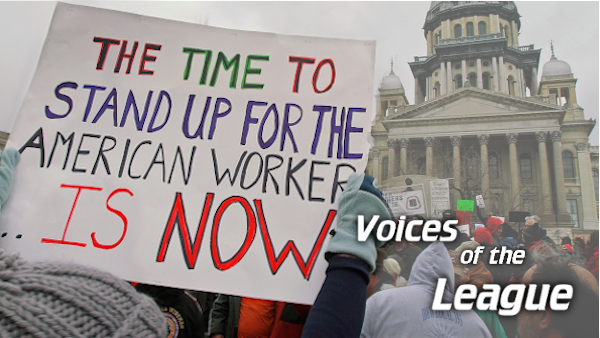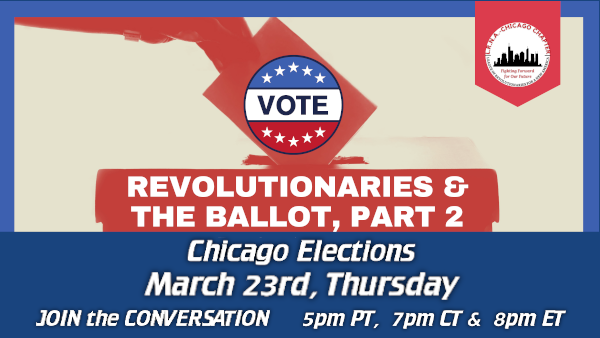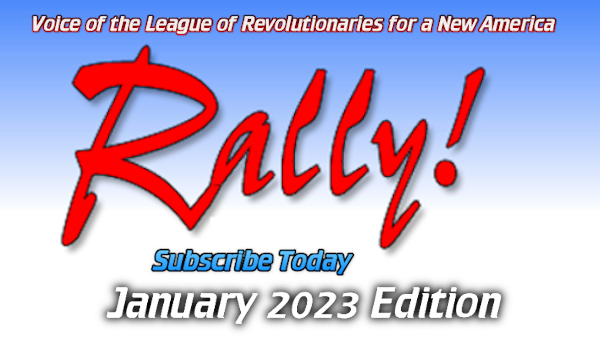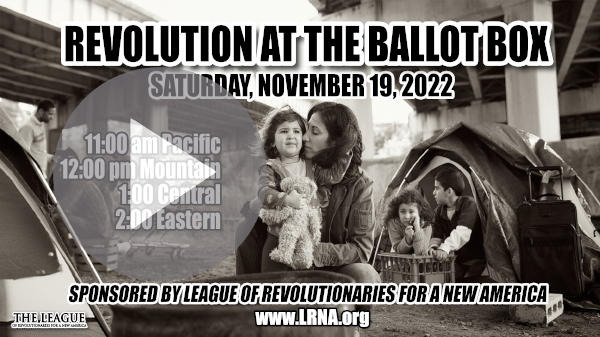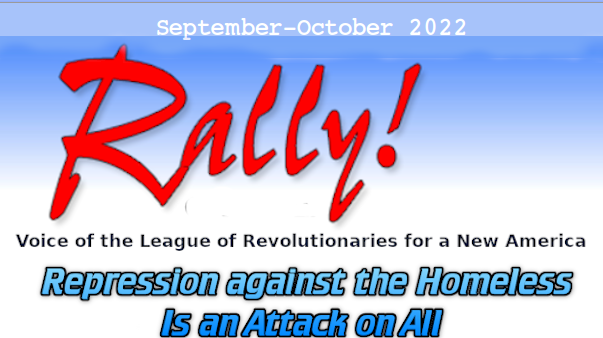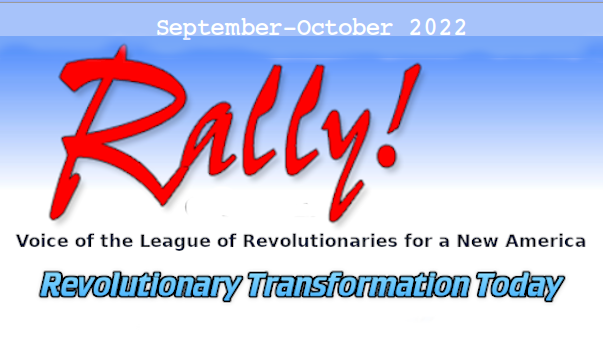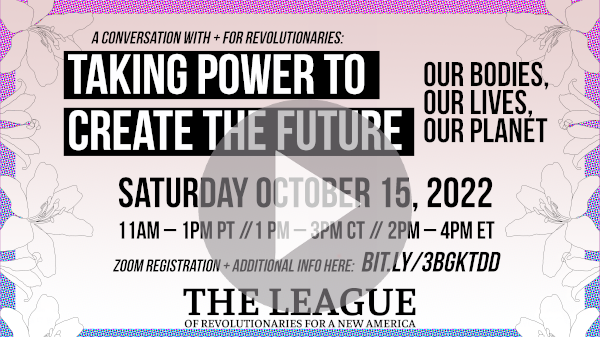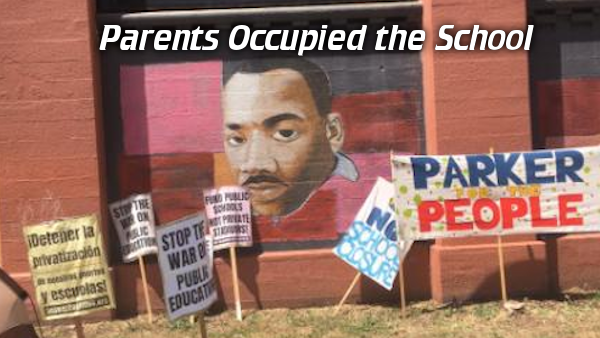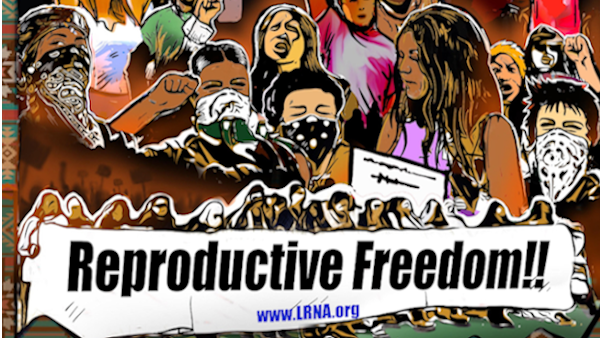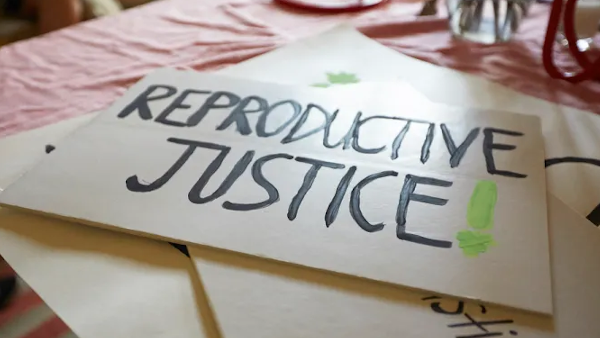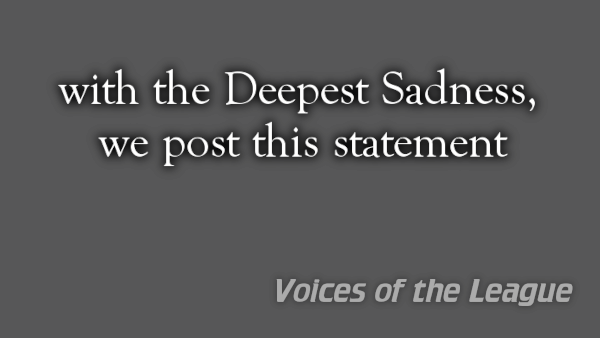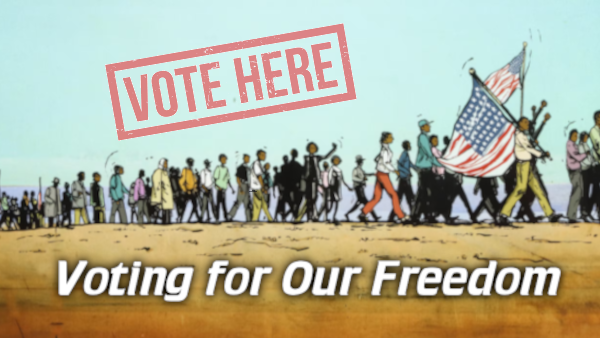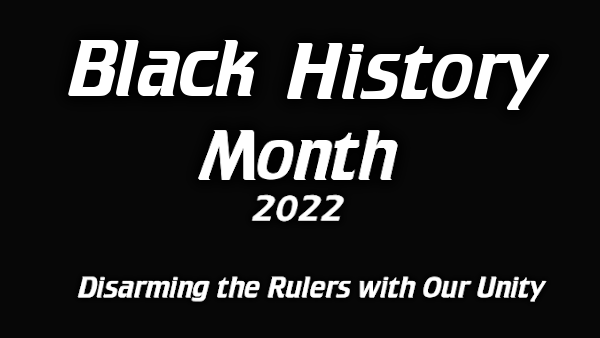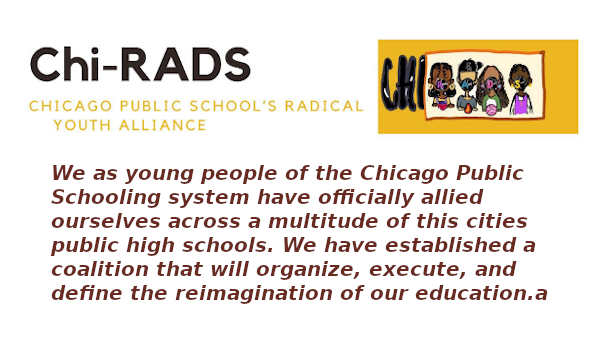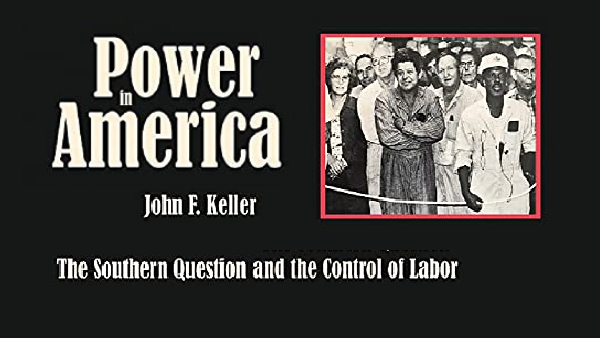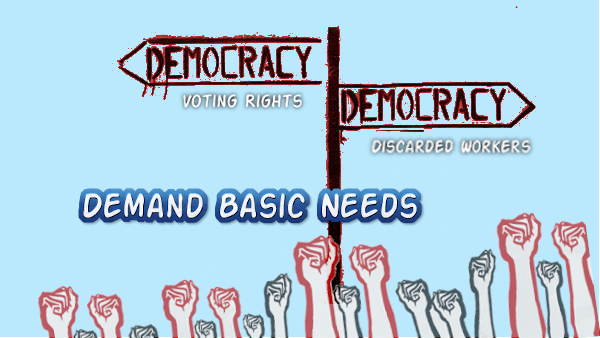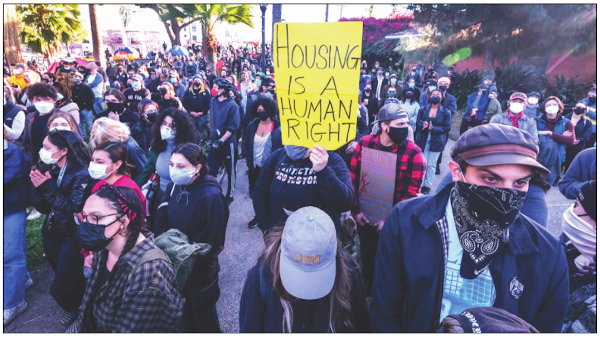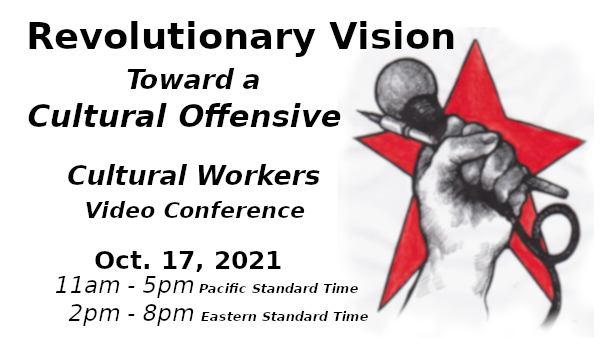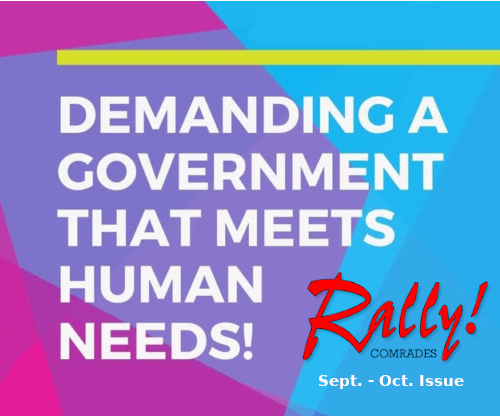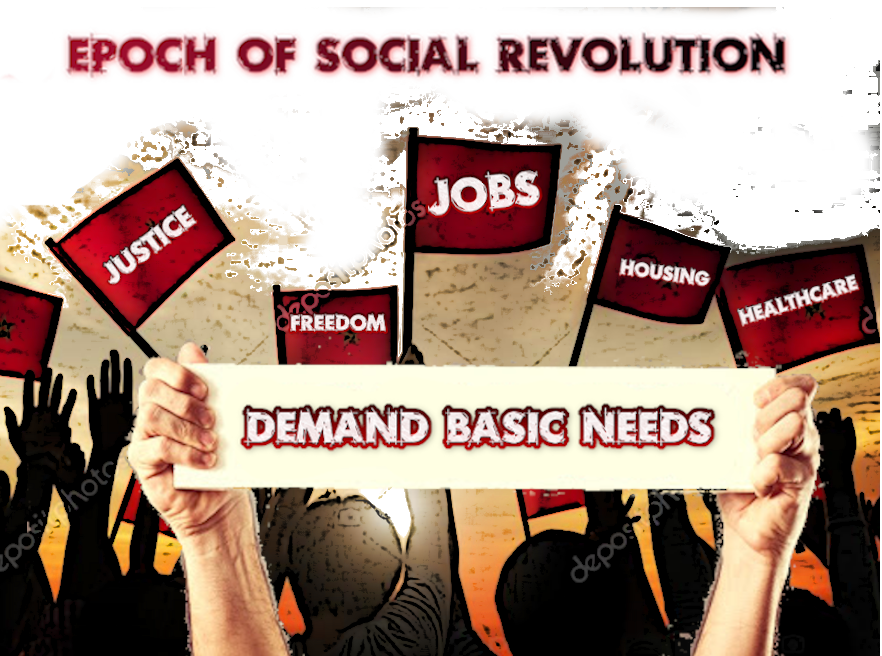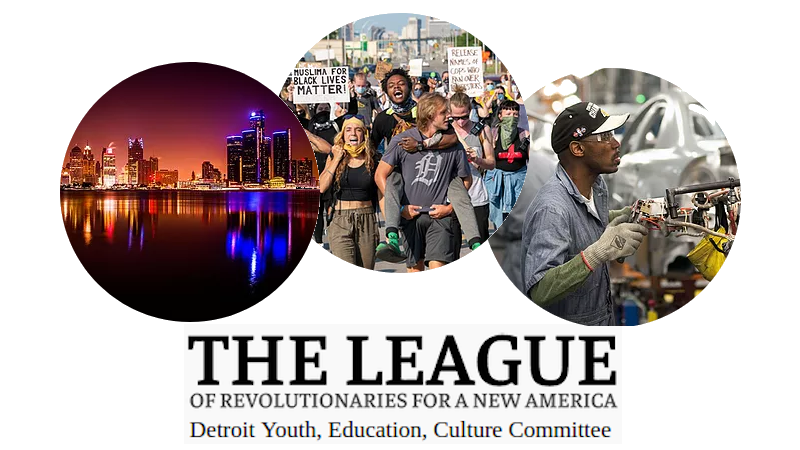Spreading Strikes Signal Rise of New Social Force
From the Editors:
Spreading Strikes Signal Rise of New Social Force
U.S. strikes increased 91 percent from 2021 to 2022, the largest one-year escalation in 30 years according to Bloomberg. The global pandemic is exacerbating the ongoing crisis of electronic production, producing a wave of world-wide labor activism. Young fighters in particular reflect a new consciousness of what “combining” as a class can mean for a world where extreme poverty, oppression, war and climate change threaten world stability.
As the George Floyd rebellions were beginning a new era of uniting the world, U.S. wages in so-called “good jobs” continued to stagnate, as they have since the crisis of 2008. Job conditions also deteriorated, indeed become life-threatening. Railroad workers proposed launching an enormous national strike in 2022, after years of fighting against the dangers of one-man crews, and no paid sick days. For the first time in over 100 years, Railroad Workers United also demanded public ownership of railroads in the United States, Canada and Mexico. After a large number of union members rejected a tentative agreement with the railroads, Congress intervened, overriding the rejected agreement into a bill that President Biden signed into law, in effect negating the workers’ right to strike.
On February 3, a Norfolk Southern train derailed in East Palestine, Ohio, leaving not only workers, but an entire community in a firebomb of toxic smoke. Clearly, the fight for life and limb in the workplace also affects the health and welfare of everyone, as the strikes and struggles of nurses and other workers during the pandemic also proved. Living under COVID may have created a new consciousness of “essential workers,” but also the recognition that too many “essential” working-class lives are being lost.
Literally fighting for their lives, nurses, taxi drivers, teachers and students have joined warehouse and other workers organizing to fight the most powerful corporate employers the world has ever seen. Some fights result in significant gains. But often contracts result in two-tier pay systems, providing wage gains for older workers but not for new hires, leaving younger workers to face a world of increasing temporary precariat jobs.
As the capitalist system was expanding, many of our grandparents and great-grandparents of all genders, ethnicities, colors and immigration statuses, fought for the right to strike. Millions won better living conditions as a result. Those fights were founded not in privilege, but survival in a system antagonistic to the working class. As capitalism enters the stage of its crisis and death, it is increasingly revealing this nature.
Global financial capitalists at this year’s World Economic Forum in Davos warned of a new “polycrisis” in 2023, causing “inflation, cost-of-living crises, trade wars, capital outflows from emerging markets, widespread social unrest, geopolitical confrontation and the specter of nuclear war.” Yet, in a world where 1 billion people go hungry and the richest 1 percent own nearly two-thirds of all new wealth created since 2020, Oxfam reports that most of the world’s governments plan public sector spending cuts, including to health care and education.
It’s time for a new, cooperative economy. The rights to organize and to vote are key to working-people’s struggles, whether in the workplace or the streets. Our class wins strength both through combination and consciousness. Younger workers demand a world that is sustainable economically, socially, politically and morally!
March/April 2023 vol.33. Ed2
This article originated in Rally!
P.O. Box 477113 Chicago, IL 60647 rally@lrna.org
Free to reproduce unless otherwise marked.
Please include this message with any reproduction.







